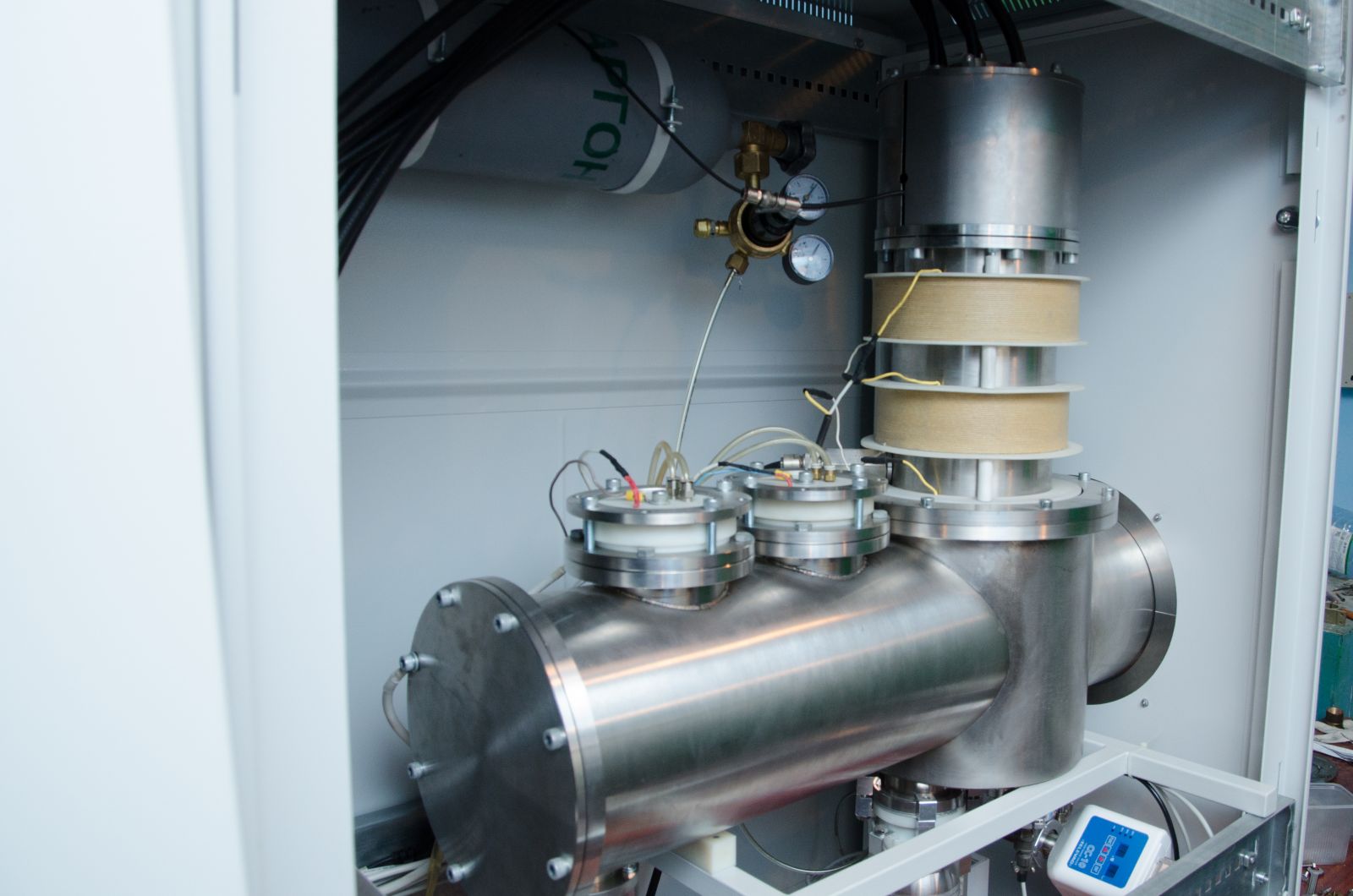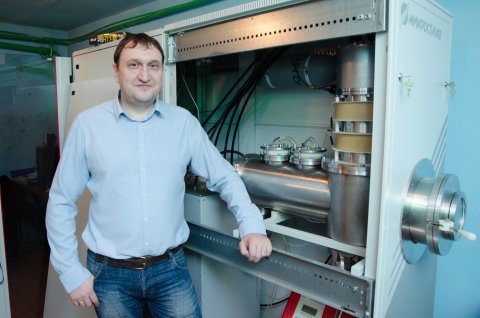The effect of intense streams of energy on matter is already being researched not just by Russian scientists, but abroad as well. Artyom Leivi, associate professor of the Department of Physical Electronics in the Institute of Natural Sciences tells us what is unique about the developments of Chelyabinsk researchers.

Today, a team of SUSU researchers is working on studying the effects of intense streams of energy on materials with the goal of increasing their operational characteristics – abrasion resistance, micro-hardness, the application of a protective coat, and more.
“We have been working on this for around 10 years. Last year the tendency of implementing our scientific developments in life appeared,” says Artyom Vyacheslavovich.
Demonstrative of this is the testing of a cutting tool used in machine lathes. Before the lathe’s modification the cutting tool created 8 parts then was pulled from use, after modification with intest streams of energy, the cutting tool created more than 200 parts. Analogous research is being done in Japan with technologies created in Tomsk. Shaving razors were created using this technique with help of the PINK plasma generator. As a result, the operating life of such razors was significantly increased which lead to increased sales.
With help from programs of government support for national research institutes, SUSU invented an installation to generate low-energy, highly accurate energy beams with the ability to apply thin, metal coatings. This installation is used to modify material characteristics.
“We take any material (now it’s metal) and work on it with intense streams of energy. This can be electric or ion beams and plasma streams. As a result of this action, the material changes from a hard state to liquid – this lasts from one to ten microseconds. Then it turns back into its hard state. This process is not visible to the human eye. As a result, we get surface cleaning, near-surface layer homogenization, and high-speed tempering,” says Artyom Leivi.
As a result, the material is modified – the structure changes and its operative characteristics improve: micro-strength and abrasion resistance. After this treatment we can also apply a protective coating.
One unique thing about the research of South Ural researchers is that it is based on theoretical developments which allow for reduced costs for practical experience and also reduce the amount of time needed to complete projects, which now take more than 5 years.
“We complete the appropriate numerical research which allows us to determine the optimal parameters for treatment without completing experimental research. As a result the development time was significantly decreased. Human resource usage is also decreased,” explains the scientist.

The main difficulty is to find the golden medium – the optimal treatment mode. These parameters are individual to each material. Scientists must start the research from zero when using a new material.
At this time, the university’s team of researchers is holding active talks with large companies in the Chelyabinsk Region about the implementation of their developments on industrial scales. A series of successful tests were already held.
Based on their theoretical research using modern equipment, SUSU researchers are working on the development of a unique technology to apply a thin film with improved bonding abilities and the application of protective coats on lathe cutting tools.




